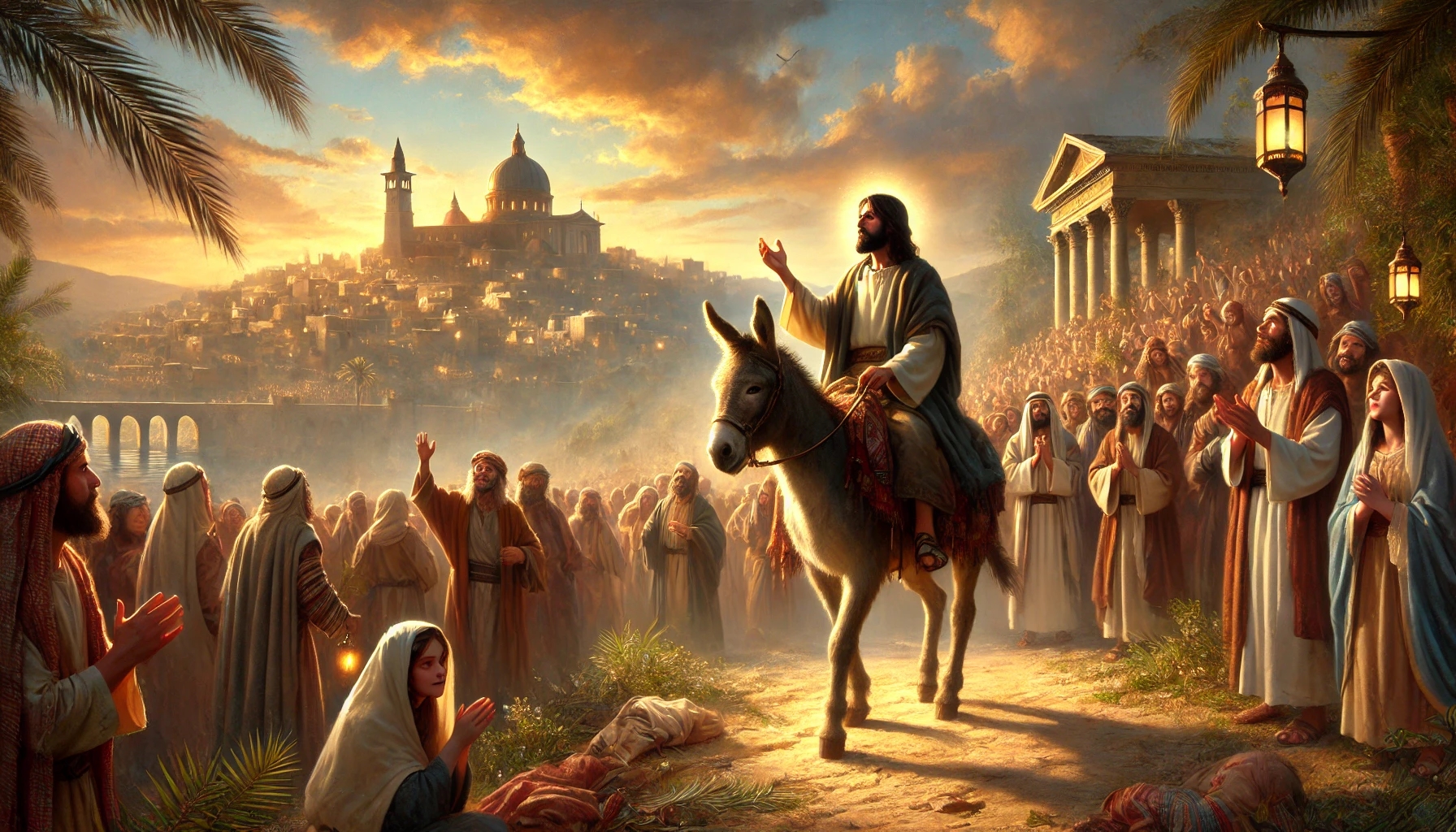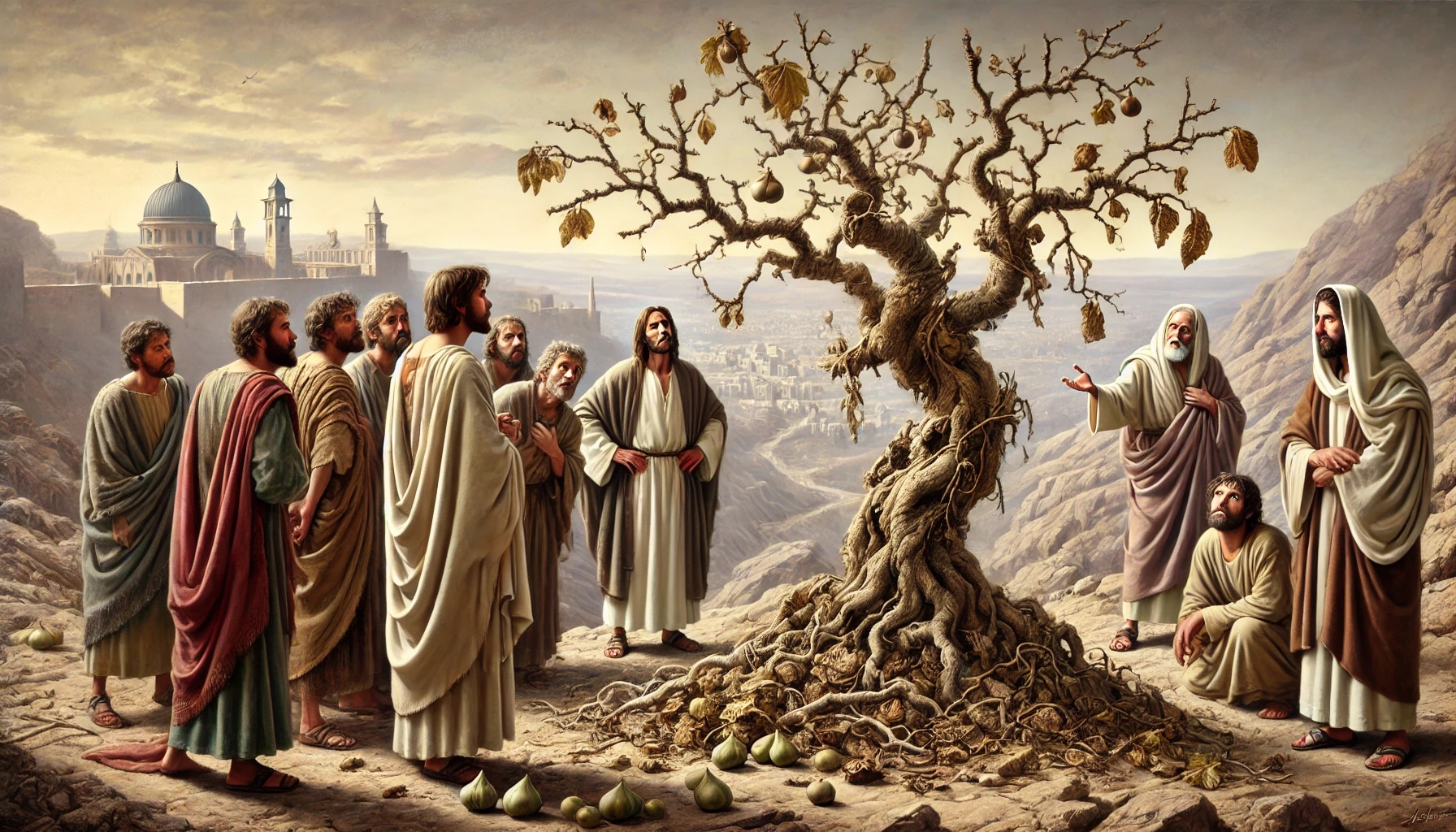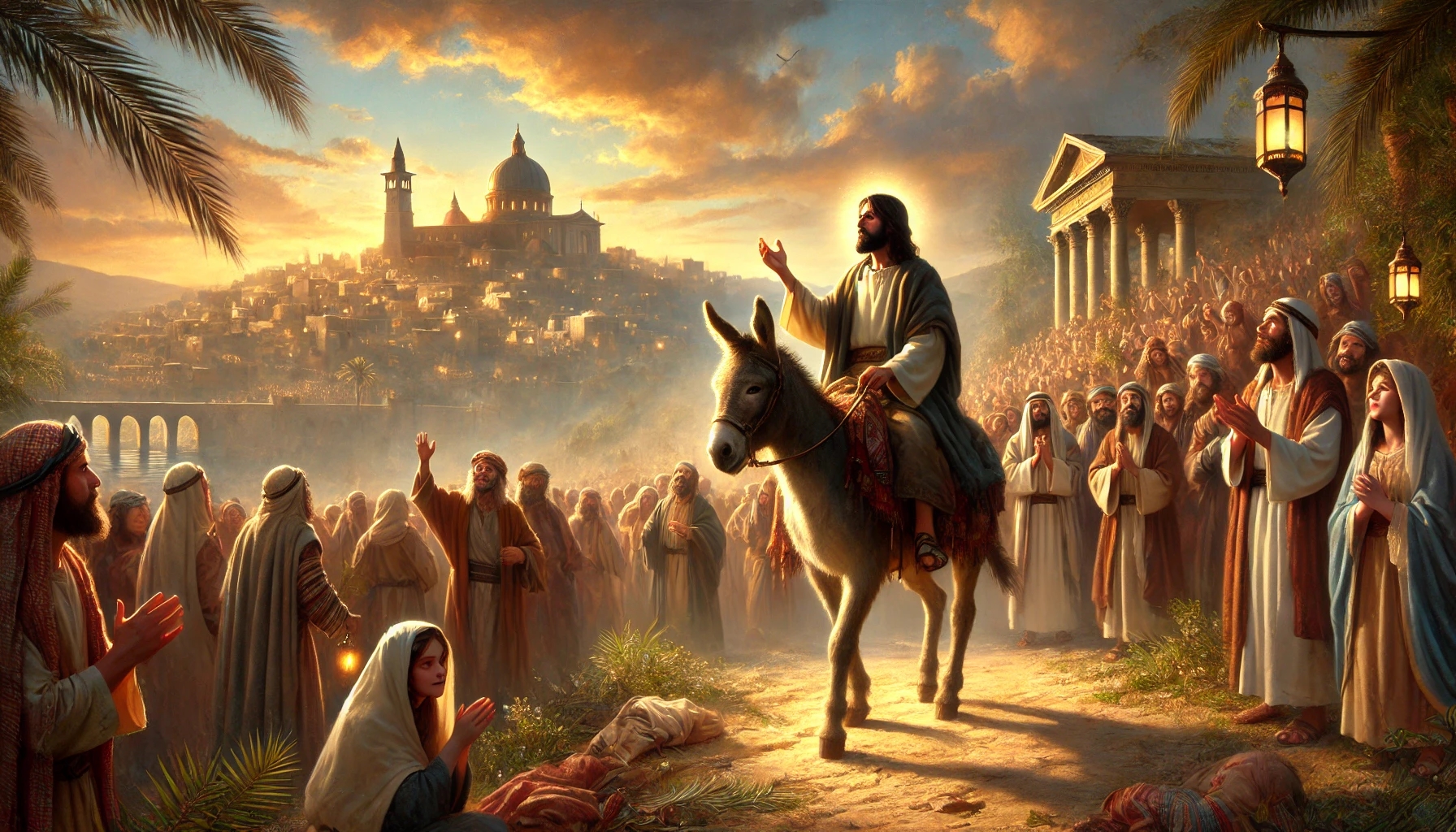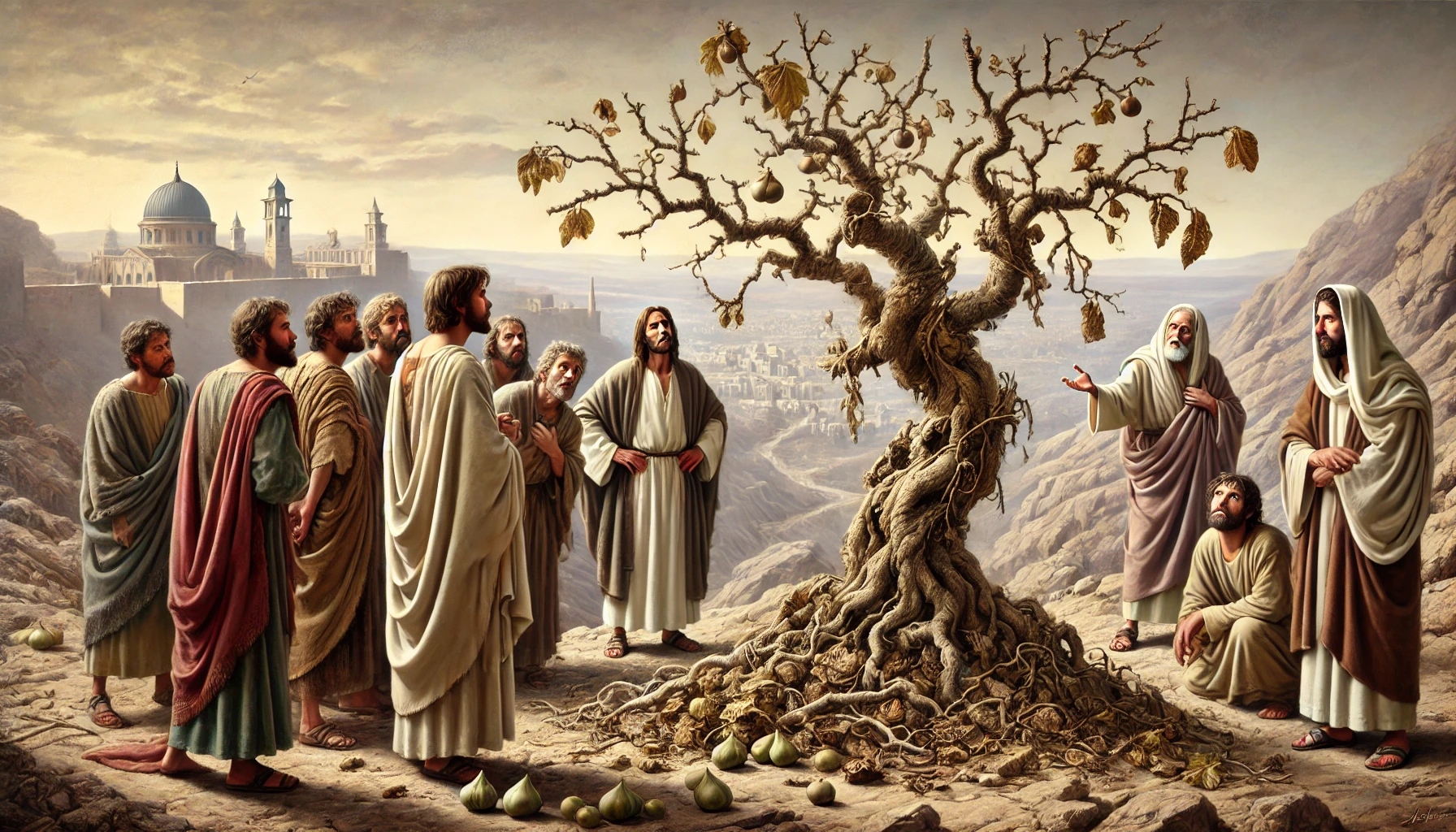


1.Look at how central the theology of substitution was for Ellen White (and for the Bible, see e.g., Isaiah 53). Why is any theology that downplays the central role of substitution and Christ’s death on our behalf in any way (where He paid the penalty for our sins with His own life) a false theology?
The theology of substitution is central to the understanding of Jesus’ sacrifice, as emphasized both in the Bible (e.g., Isaiah 53) and in Ellen White’s work. It underscores that Jesus died in our place to take upon Himself the penalty for our sins, thereby enabling our redemption. Any theology that downplays or relativizes this central role of substitution is problematic for several reasons:
-
Biblical Foundation: In Isaiah 53 and other New Testament writings (e.g., 1 Peter 2:24, 2 Corinthians 5:21), it is clear that Jesus bore our sins and died for us. This is a fundamental concept of Christian redemption. Downplaying this idea would distort the Bible’s clear message about the purpose and significance of Jesus’ death.
-
God’s Justice and Grace: The cross symbolizes the perfect balance between God’s justice and grace. Through Jesus’ death, God’s righteous requirement that sin must be punished is fulfilled, while simultaneously grace is offered in the form of forgiveness. Without the principle of substitution, the depth of God’s grace and justice is diluted.
-
Responsibility of Sin: If the substitutionary role of Jesus is rejected or weakened, the severity of sin and its consequences is underestimated. Sin requires punishment, and Jesus took that punishment upon Himself. Without this substitutionary role, it would appear that sin does not cause serious separation from God, which contradicts biblical teaching.
-
Core of the Gospel: The central message of the Gospel is that Jesus died for us so that we might receive eternal life. Downplaying Christ’s role as our substitute weakens the heart of the Christian faith. If Jesus’ sacrifice is not viewed as substitutionary atonement, the message of forgiveness and redemption loses its fundamental significance.
-
Ellen White’s Teachings: Ellen White closely linked substitution with Christian theology. She repeatedly emphasized that Jesus is the substitute for sinners and that His death is the only sufficient means of reconciliation with God. Any teaching that undermines this substitution stands in contradiction to her writings and the biblical foundation she relied upon.
Conclusion: The theology of substitution is fundamental to understanding God’s plan for the redemption of humanity. Any teaching that downplays this aspect distorts the nature of God’s grace, justice, and the work of Christ. Jesus’ death as our substitute is not only a central element of the Gospel but also the key to our salvation.
2.Who or what is “Barabbas” in today’s world, after what is being asked instead of Jesus?
“Barabbas” symbolizes everything that is wrongly chosen or preferred instead of Jesus in today’s world. The biblical story, where the crowd chooses to release Barabbas, a convicted criminal, instead of Jesus, represents the human tendency to prefer the worldly, the convenient, or the wrong over the true salvation and truth. Figuratively, “Barabbas” today could take various forms:
-
Materialism and Wealth: In a world dominated by consumerism and material wealth, the value of riches and success is often placed above the spiritual values of faith in Christ. The “Barabbas” of materialism leads us to believe that our happiness and fulfillment lie in possessing things, while true fulfillment is found in following Jesus and living a spiritual life.
-
Relativistic Moralism and Self-Realization: Modern society often emphasizes individual freedom, self-realization, and a relative morality where personal judgment of right and wrong is more important than biblical standards. Thus, “Barabbas” could appear in the form of life philosophies that teach us that we are the highest authority in our lives instead of acknowledging the teachings of Jesus and the truth of God.
-
Popularity and Social Acceptance: Many people choose to follow the path of the majority to gain social acceptance, recognition, and popularity. In this case, “Barabbas” represents the decision to conform to the pressure of the crowd or popular opinion, even if it means compromising one’s faith or values.
-
Power and Control: In a world that strives for control and influence, power is often placed above the humility and service that Jesus exemplified. The “Barabbas” of power is seen in people who seek ambition and control instead of emulating Christ’s dedication, sacrifice, and humility.
-
Pleasures and Short-Term Satisfaction: In today’s fast-paced world, many people opt for the short-term pleasures offered by the world—from superficial joys to excessive lifestyles—over the deeper, more fulfilling life that Jesus offers. This “Barabbas” tempts us to focus on the present and fun instead of eternity and God’s plan.
Conclusion: “Barabbas” represents everything we choose instead of Jesus—the things that offer temporary fulfillment, recognition, or power but ultimately obscure the true salvation, truth, and peace that Jesus brings. Today, as in the past, we face the choice: to choose Jesus, who offers eternal life, or “Barabbas,” who provides only deceptive satisfaction.
3.What does the account of Joseph of Arimathea teach us about not judging by appearances?
The account of Joseph of Arimathea teaches us an important lesson about why we should not judge based on external appearances or expectations. Joseph was a member of the Sanhedrin, the Jewish council that condemned Jesus. Due to his position, one might have assumed that he belonged to Jesus’ opponents or rejected Him. However, surprisingly, Joseph shows courage and dedication by providing Jesus with a respectful burial while the disciples have disappeared out of fear.
Here are some lessons we can learn from his story:
-
People Are More Than Their External Affiliations: Joseph of Arimathea belonged to the Jewish leadership involved in condemning Jesus. Yet, he was a secret follower of Jesus. This shows that we should not reduce people to their external positions, roles, or group affiliations. Often, there is a deeper conviction or faith within a person that we cannot see.
-
Courage and Faith Can Come from Unexpected People: While the disciples, who were closest to Jesus, did not act out of fear, Joseph of Arimathea courageously stepped forward to advocate for Jesus. This demonstrates that courage and faith in difficult situations can come from unexpected individuals. External strength or proximity to Jesus does not always mean someone will act in a crucial moment.
-
God Sees the Heart, Not the Exterior: Joseph acted not out of necessity but out of deep respect and faith. God sees the heart of people, and often those who remain faithful in the background are more valuable in His eyes than those who appear strong or prominent externally. This lesson challenges us to value people based not on appearances but on what is in their hearts.
-
True Heroes Often Act in the Background: Joseph of Arimathea was not a loud disciple who publicly followed Jesus. Yet, in a decisive moment, he played a key role. This story teaches us that true dedication and courage often happen behind the scenes and that people who work quietly can be important actors in God’s plan.
-
Do Not Judge by Outer Appearances: Joseph of Arimathea’s story shows us how quickly we tend to judge people based on their external appearance or role. However, God’s plan is often deeper and more complex than we can perceive at first glance. Even people who seem “unsuitable” externally can be deeply faithful and willing to make significant sacrifices.
Conclusion: The account of Joseph of Arimathea teaches us not to judge based on appearances. People can surprise us—their true convictions and courage are often known only to God. We should be humble and cautious when judging others, as a person’s heart can be entirely different from what external circumstances might suggest.
4.Examine Daniel 9:24–27. Why should you be able to give someone a Bible study on this passage if they ask? Can you do that?
Daniel 9:24–27 is a central biblical passage often referred to as the “Prophecy of the 70 Weeks.” This text holds deep significance in biblical prophecy, particularly concerning the coming of the Messiah and God’s plan of salvation. It is important to be able to provide a Bible study on this passage for several reasons:
-
Messianic Prophecy: Daniel 9:24–27 contains one of the clearest and most precise prophecies about the coming of the Messiah. It describes the timeline from the restoration of Jerusalem to the arrival of the “Anointed One” (Messiah). This prophecy demonstrates God’s plan for redemption and how it is fulfilled through Jesus Christ. Understanding this prophecy strengthens faith in the Bible as the reliable Word of God.
-
Understanding the Story of Redemption: The prophecy encompasses significant events, including the crucifixion of Jesus, the end of the sacrificial system, and the coming of the “End.” This passage helps in understanding the chronology and connection between Old Testament prophecies and New Testament fulfillments. It deepens the understanding of God’s divine plan for humanity’s redemption.
-
Defense of the Faith: Many people are curious or skeptical about biblical prophecy. Being able to provide a clear and understandable explanation of how this prophecy has been fulfilled in history gives you the opportunity to convey the faith in the Bible and Jesus Christ to others. It is a powerful tool for apologetics.
-
Personal Faith Growth: Teaching yourself to study and explain this passage enhances your own understanding and conviction. Studying Daniel 9:24–27 challenges you to engage with biblical chronology, the story of salvation, and prophetic statements. This will strengthen your confidence in God’s plan.









